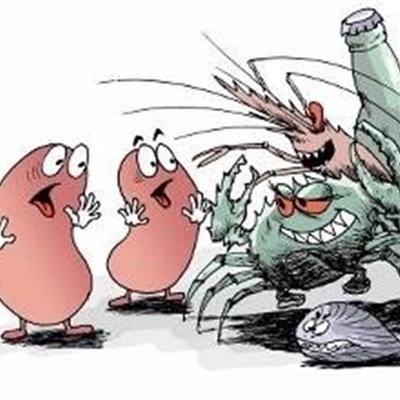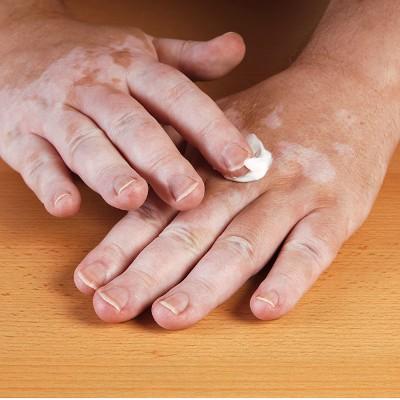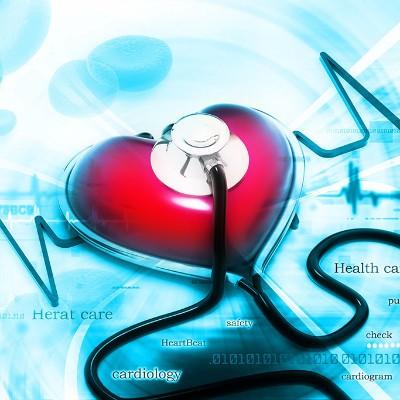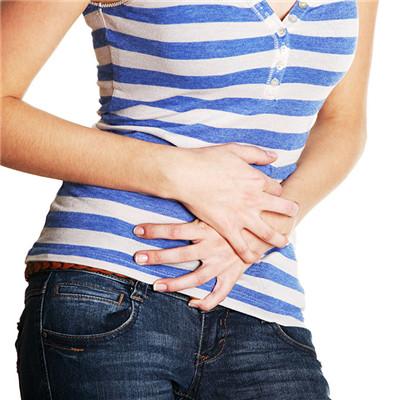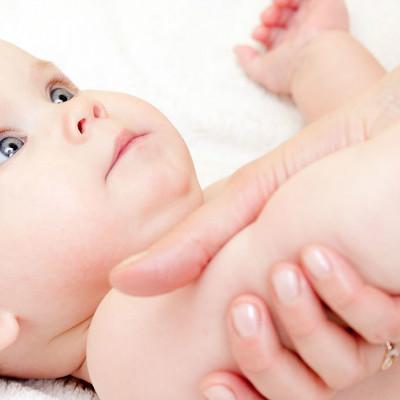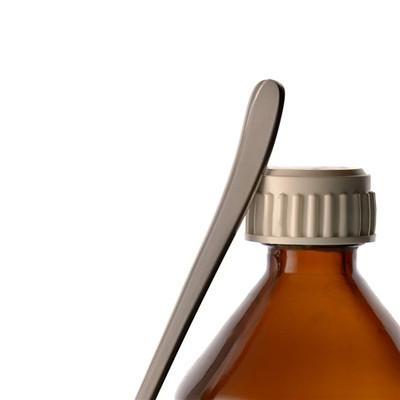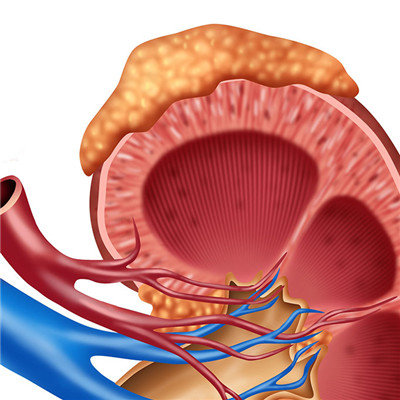What are the physiological and secretory functions of prostate?
summary
A few months ago, my uncle always had urgency, frequency, pain and nocturia. At first, he didn't care about it, but then he had anxiety, depression, insomnia, decreased memory and quality of life. So his family forced him to go to the hospital for examination. As soon as the result came out, everyone was shocked - prostatitis may lead to infertility. This sudden news seems to give a heavy blow to the old people who have been looking forward to holding their grandson for many years. Next, I'll give you a brief introduction.
What are the physiological and secretory functions of prostate?
First, the prostate has exocrine function. The prostate gland is the largest accessory gonad in men and one of the exocrine glands in the body. It can secrete prostatic fluid and is an important component of semen. It plays an important role in the normal function of sperm and is very important for fertility. The secretion of prostatic fluid is regulated by androgen.
Second, the prostate has endocrine function. The prostate is rich in 5 α - reductase, which can convert testosterone into dihydrotestosterone with more physiological activity. Dihydrotestosterone plays an important role in the pathogenesis of benign prostatic hyperplasia. By blocking 5 α - reductase, the production of dihydrotestosterone can be reduced and the hyperplasia of prostate tissue atrophy.

Third: the prostate has the function of controlling urination. The prostatic gland surrounds the urethra and is close to the bladder neck, forming the proximal urethral wall. Its circular smooth muscle fibers surround the urethra and prostate, and participate in forming the internal urethral sphincter. When micturition impulse occurs, it is accompanied by the contraction of detrusor, and the relaxation of internal sphincter, which makes micturition smoothly.

matters needing attention
Prostate has transport function. There are urethra and two ejaculatory ducts passing through the prostatic parenchyma. When ejaculating, the muscles of the prostate and seminal vesicle gland contract, and the contents of the vas deferens and seminal vesicle gland can be pressed into the posterior urethra through the ejaculatory duct, and then discharged from the body.
